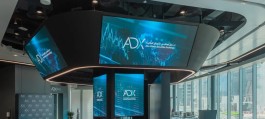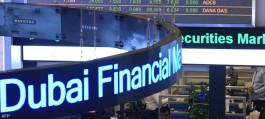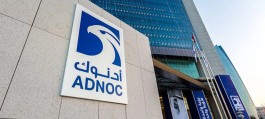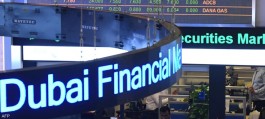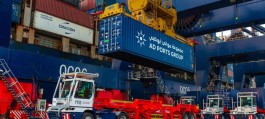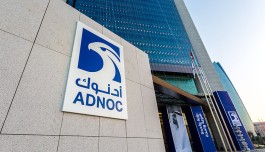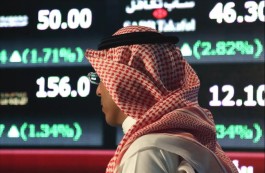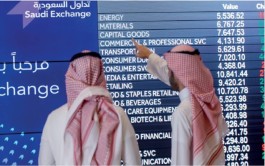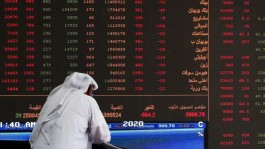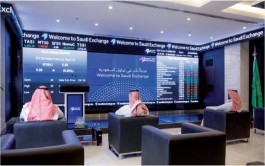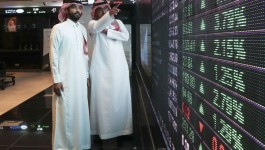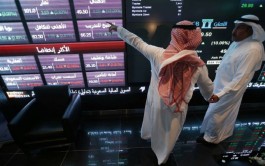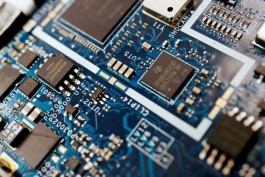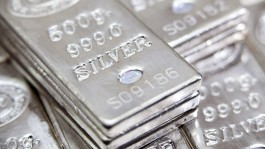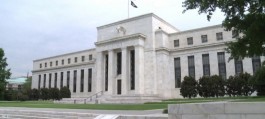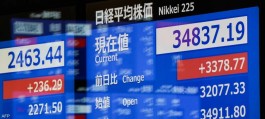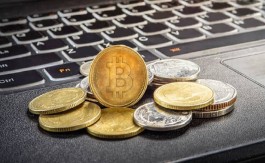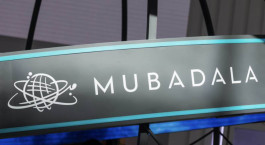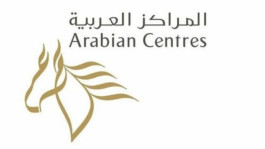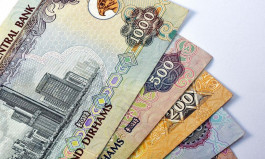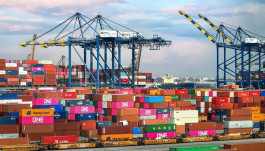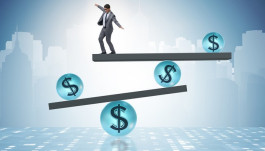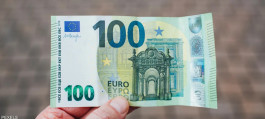The Trump administration is working behind the scenes on alternative options in case the Supreme Court strikes down one of the key powers it relies on to impose tariffs, seeking to replace the tariffs as quickly as possible.
Both the Commerce Department and the Office of the U.S. Trade Representative have been studying Plan B options should the court rule against the administration, according to U.S. officials familiar with the planning. These options include Sections 301 and 122 of the Trade Act, which grant the president the power to unilaterally impose tariffs.
But the alternatives carry risks; they are typically slower or more limited than the broad powers Trump has used so far, and they could also face legal challenges. The administration still hopes to win the case. Trump has repeatedly urged judges to uphold the country-based tariffs he imposed under the guise of declaring an economic emergency.
New ways to protect fees
Nevertheless, the preparations represent the latest indication that the administration is bracing for a potentially unfavorable outcome, after the court appeared skeptical of Trump’s global tariffs during oral arguments this month. They also demonstrate Trump’s commitment to imposing the tariffs, including through untested methods. An administration official, speaking on condition of anonymity, said the tariffs will remain a central part of Trump’s economic agenda regardless of the court’s decision.
Trump said on Wednesday: We're waiting for the decision. We hope it's a good one, but if it's not, we'll move on. We always find ways, you know, we find ways.
The White House declined to comment on the details of the preparations, but acknowledged that it was looking for “new ways” to maintain Trump’s trade policy.
Spokesperson Kush Desai said: “President Trump lawfully exercised the emergency tariff powers granted to the executive branch by Congress, and the administration is confident of a final victory in this case before the Supreme Court. The administration is constantly exploring new ways to address America’s historic trade deficit in goods and bring back industries vital to our national security and economy.”
It is unclear when the Supreme Court will issue its ruling. The justices may uphold the tariffs, strike them down entirely, or take a more nuanced approach. The decision threatens to increase uncertainty for foreign businesses and governments.
Scott Linscombe, vice president of public economics at the Cato Institute, said they would move immediately to reimpose it, referring to Trump's team. He added: They will reinstall almost everything.
The case before the court is based on Trump’s use of the International Emergency Economic Powers Act (IEEPA), under which he imposed so-called reciprocal tariffs on imports globally, along with tariffs on Chinese, Canadian and Mexican goods related to fentanyl, and a tariff imposed on products from Brazil in an unsuccessful attempt to stop the prosecution of former Brazilian President and Trump ally Jair Bolsonaro.
Full fee replacement
The effective tariff rate on US imports reached approximately 14.4%, with more than half of that stemming from tariffs imposed under the International Emergency Economic Powers Act, according to Bloomberg Economics estimates. Economists anticipate that most of these tariffs would be entirely replaced if the Supreme Court were to overturn the tariffs imposed on other countries.
In some cases, contingency plans have already been initiated. Trump launched a Section 301 investigation against Brazil and has 301 tariffs on some Chinese products from his first term. This section typically requires a lengthy investigation before tariffs can be implemented.
Articles 301 or 122
National Economic Council Director Kevin Hassett said Trump could invoke Section 301 or 122 authorities to reimpose tariffs if the court rules against the administration.
Hassett explained during a November 13 interview with Bloomberg host and Carlyle Group co-founder David Rubenstein at an Economic Club of Washington event: “There is a lot we can do to reproduce current policies using alternative authorities.”
Section 122 allows the president to impose tariffs of up to 15%, a rate he has used in several agreements with other countries, but only for a period not exceeding 150 days. Trump's trade advisor, Peter Navarro, indicated earlier this year that this time limit is why the administration does not intend to rely heavily on this section.
Trump also used Section 232 of the Trade Expansion Act to impose tariffs on sectors including metals and automobiles. The administration announced new investigations and imposed additional tariffs. Furthermore, the continued expansion of the tariffs to include finished goods has angered some trading partners, including Europeans, who say it undermines the sectoral tariff caps set in the U.S.-EU trade agreement.
Former US trade negotiator Wendy Cutler wrote on social media last month: “I’m starting to wonder if this is part of the administration’s backup plan if the International Emergency Economic Powers Act is deemed unconstitutional. It’s only a matter of time before Rule 232 tariffs target most of our manufacturing base.”
Section 338 of the Tariff Act is another possible option for Trump, but it may be subject to new legal challenges because it has not been used before.
Linsicom said: It will likely be subject to litigation, and very quickly. He added: I am cautiously optimistic that we are avoiding a return to the chaos of 2025.
Chaos in refunding collected fees
However, the new procedures will not be as easy for Trump, given their limitations. Officials will have to deal with new legal questions, such as whether the administration can impose Section 122 fees simultaneously, cancel them before their expiration and then reimpose them with a new deadline, or apply the fees retroactively to avoid refunding funds collected under the existing system.
Linsicom said: It will be extremely chaotic.
An unfavorable court ruling could force the administration to return more than $88 billion in fees already collected, according to Bloomberg Economics estimates.
White House Deputy Chief of Staff James Blair said he believes there is a 50% or better chance the administration will win the case. He added that if it doesn't, officials will work to reinstate any fees that were dropped.
Blair said at a Bloomberg Government event on November 18: There are tools at the president's disposal within the existing authorities that can be used to reimpose the tariffs in a different way. He added: We'll see what the ruling is.

